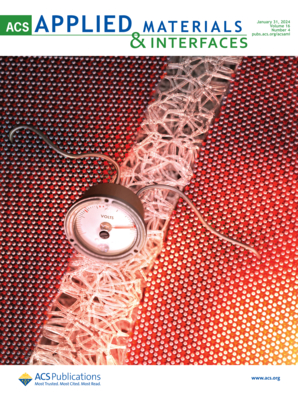适应性生物行为控制:1 型糖尿病人机共同适应试验分析。
IF 8.2
2区 材料科学
Q1 MATERIALS SCIENCE, MULTIDISCIPLINARY
引用次数: 0
摘要
背景虽然人们普遍认为胰岛素自动给药 (AID) 算法应能适应生理变化,但却不太了解个人也必须适应 AID 系统。本文介绍的自适应生物行为控制(ABC)方法试图通过将 AID 纳入基于信息云的生态系统来弥补这一不足。方法网络信息工具(WIT)通过以下方式实现 ABC 概念:(1)生理自适应模块(PAM)跟踪新陈代谢变化并相应调整 AID 参数;(2)行为自适应模块(BAM)提供信息反馈。在一项为期 8 周的随机双臂平行试验研究中,对 WIT 的安全性(主要结果)进行了评估。所有参与者都使用了带有 PAM 的 Control-IQ® AID 系统,但只有实验组的参与者可以使用 BAM。结果30 名 1 型糖尿病(T1D)患者完成了所有研究程序(17 名女性/13 名男性;年龄:40±14 岁;HbA1c:6.6%±0.5%)。未报告严重低血糖、DKA 或其他严重不良事件。比较实验组和对照组,在范围(70-180 mg/dL)内的时间未观察到显著差异:74.6% vs 73.8%,调整后平均差异:2.65%,95%¬¬¬¬¬CI (-1.12%,6.41%), P=0.161。实验组在 70-140 mg/dL 的时间明显更长:50.7%对49.2%,5.71%(0.44%,10.97%),P=0.035,低于范围的时间没有增加:结果表明,在 WIT 生态系统中集成 AID 系统是安全的。目前正在进行全面研究验证。本文章由计算机程序翻译,如有差异,请以英文原文为准。
Adaptive bio-behavioral control: A pilot analysis of human-machine co-adaptation in type 1 diabetes.
BACKGROUND
While it is well recognized that an automated insulin delivery (AID) algorithm should adapt to changes in physiology, it is less understood that the individual would also have to adapt to the AID system. The adaptive bio-behavioral control (ABC) method presented here attempts to compensate for this deficiency by including AID into an information cloud-based ecosystem.
METHODS
The Web Information Tool (WIT) implements the ABC concept via: (1) A Physiological Adaptation Module (PAM) that tracks metabolic changes and adapts AID parameters accordingly, and (2) a Behavioral Adaptation Module (BAM) that provides information feedback. The safety of WIT (primary outcome) was assessed in an 8-week randomized, two-arm parallel pilot study. All participants used the Control-IQ® AID system enhanced with PAM, but only those in the Experimental group had access to BAM. Secondary glycemic outcomes were computed using the 2-week baseline period and the last 2 weeks of treatment.
RESULTS
Thirty participants with type 1 diabetes (T1D) completed all study procedures (17F/13M; age: 40±14y; HbA1c: 6.6%±0.5%). No severe hypoglycemia, DKA, or other serious adverse events were reported. Comparing Experimental and Control groups, no significant difference was observed in time in range (70-180 mg/dL): 74.6% vs 73.8%, adjusted mean difference: 2.65%, 95%¬¬¬¬¬CI (-1.12%,6.41%), P=0.161. Time in 70-140 mg/dL was significantly higher in the Experimental group: 50.7% vs 49.2%, 5.71% (0.44%,10.97%), P=0.035, without increased time below range: 0.54% (-0.09%,1.17%), P=0.089.
CONCLUSION
The results demonstrate it is safe to integrate an AID system into the WIT ecosystem. Validation in a full-scale study is ongoing.
求助全文
通过发布文献求助,成功后即可免费获取论文全文。
去求助
来源期刊

ACS Applied Materials & Interfaces
工程技术-材料科学:综合
CiteScore
16.00
自引率
6.30%
发文量
4978
审稿时长
1.8 months
期刊介绍:
ACS Applied Materials & Interfaces is a leading interdisciplinary journal that brings together chemists, engineers, physicists, and biologists to explore the development and utilization of newly-discovered materials and interfacial processes for specific applications. Our journal has experienced remarkable growth since its establishment in 2009, both in terms of the number of articles published and the impact of the research showcased. We are proud to foster a truly global community, with the majority of published articles originating from outside the United States, reflecting the rapid growth of applied research worldwide.
 求助内容:
求助内容: 应助结果提醒方式:
应助结果提醒方式:


